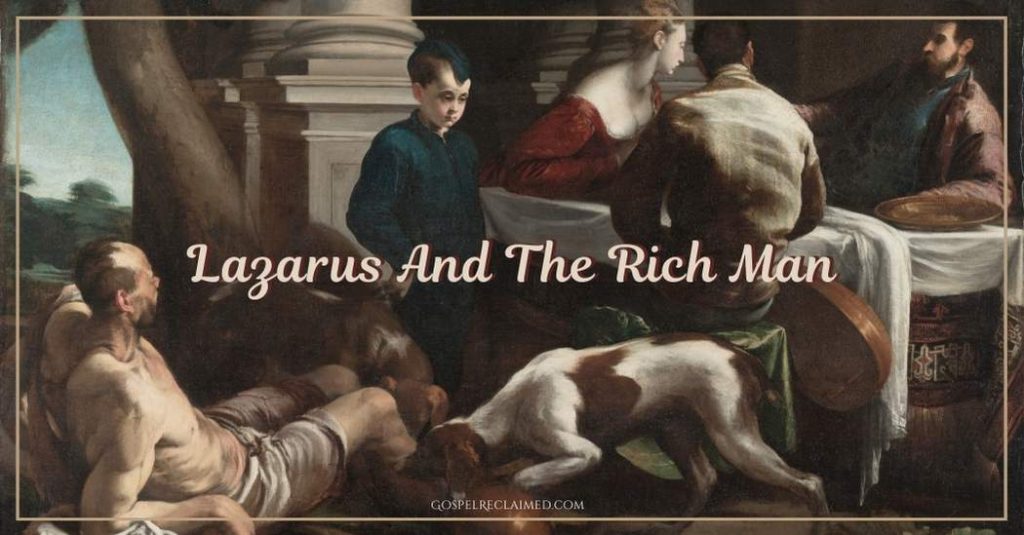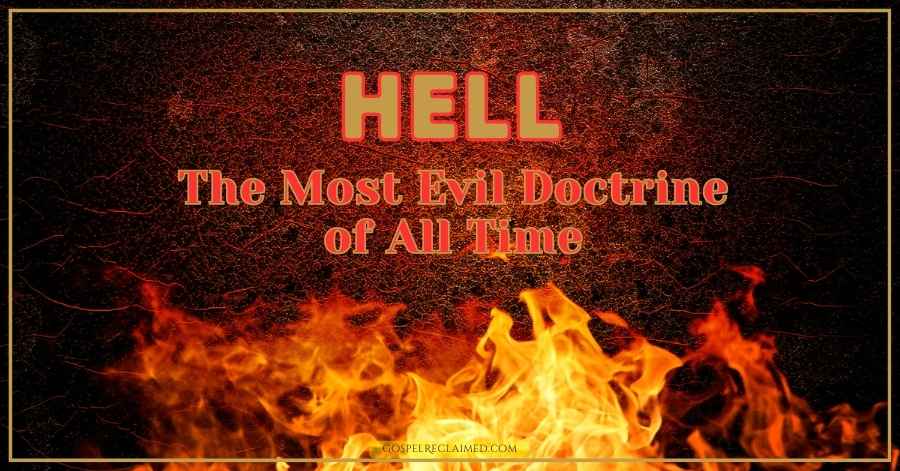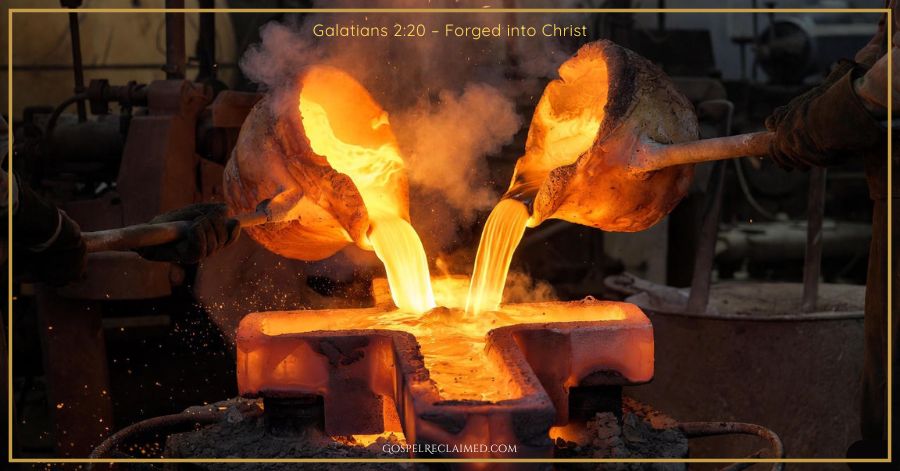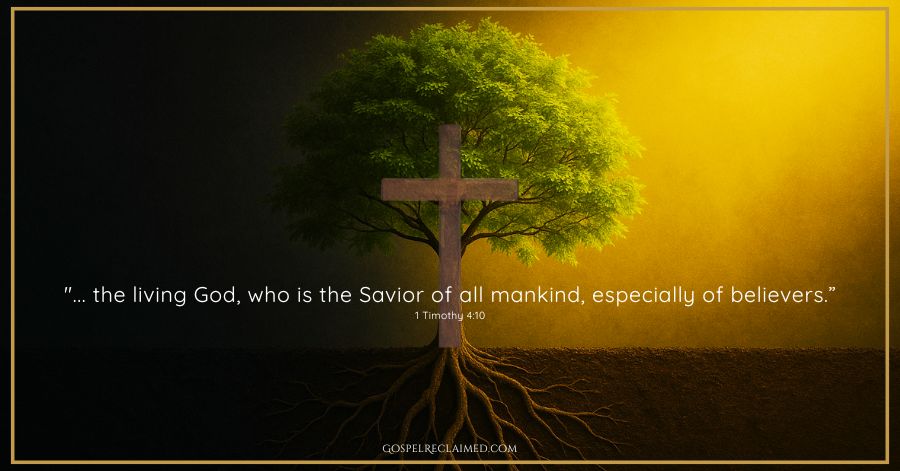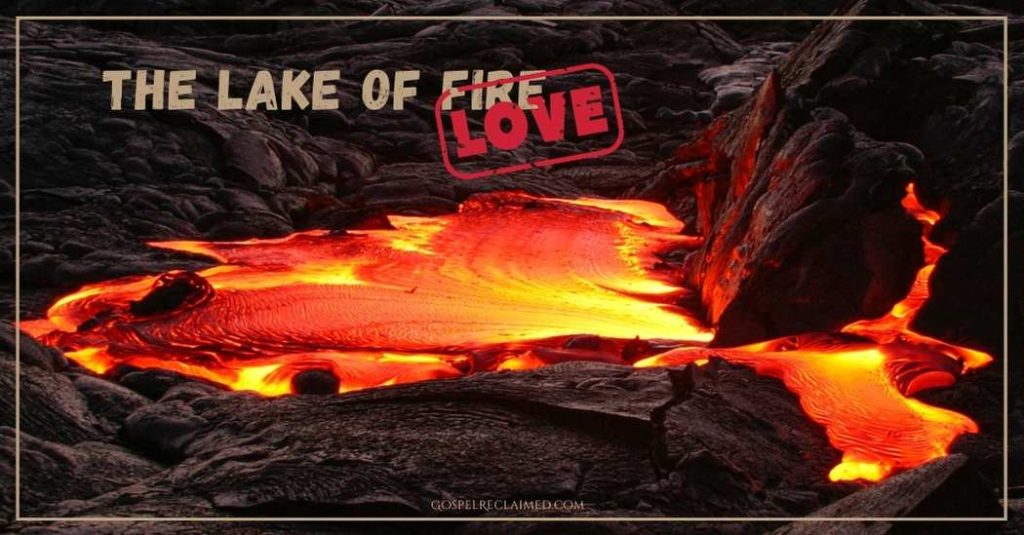⚠️This blog isn’t about answers—it’s about awakening. Gospel Reclaimed is where I wrestle, wonder, and write about a gospel that’s far bigger, deeper, and more healing—a Father more faithful, a Savior more triumphant, and a Spirit more personal than religion ever taught me.
Before we assume Jesus was giving us a literal picture of heaven and hell, let’s take a deeper look at what He was really confronting—and how it speaks to all of us today.
To truly grasp the power of Jesus’ message—and the shockwaves of the Lazarus story—we need to understand the beliefs about death, the afterlife, and resurrection held by the Jews of His time.
Sheol: The Silent Grave
In Hebrew thought, Sheol (wrongfully translated as “hell” in Bibles like the KJV) was simply the place of the dead. It wasn’t a fiery pit for the wicked or a blissful paradise for the righteous. It was a silent realm where everyone went.
A place of rest for the faithful (often described as being “with their fathers”):
“And when Jacob had finished commanding his sons, he drew his feet up into the bed and breathed his last, and was gathered to his people.”
— Genesis 49:33 (NKJV)
A place of death and humiliation:
“Your pomp is brought down to Sheol, the sound of your harps; maggots are laid as a bed beneath you, and worms are your covers.”
— Isaiah 14:11 (NKJV)
And a place where the wicked are forgotten:
“Drought and heat consume the snow waters, so Sheol consumes those who have sinned. The womb forgets him, the worm feeds sweetly on him; he is remembered no more…”
— Job 24:19–20 (NKJV)
There was still no unified doctrine of “heaven and hell” as preached in modern Christianity.
Click here for the full disclosure on how our current idea of hell was formed.
Resurrection? Depends Who You Asked.
By Jesus’ time, Jews were divided:
- The Pharisees believed in the resurrection of the dead — that God would one day raise His people to life again. But they believed this resurrection applied only to law-abiding Jews.
- The Sadducees rejected it entirely. No angels. No afterlife. No resurrection. This life was all there was.
(That’s why they were sad, you see?)
Remember when both groups clashed in front of Paul?
“For Sadducees say that there is no resurrection — and no angel or spirit; but the Pharisees confess both.”
— Acts 23:8 (NKJV)
So when Jesus came declaring that death would be defeated, that He would rise, and that humanity would rise with Him, He wasn’t just offering hope — He was disrupting centuries of theological assumptions.
The Resurrection Revelation
Jesus didn’t preach resurrection as a reward for the morally superior.
He revealed it as a gift for all who die in Adam — aka, all of humanity.
“For as in Adam all die, even so in Christ all shall be made alive.”
— 1 Corinthians 15:22 (NKJV)
That’s not conditional. That’s a cosmic promise.
Jesus didn’t offer resurrection.
He is the resurrection — dragging humanity out of death with Him.
“And I, if I am lifted up from the earth, will draw all mankind to Myself.”
— John 12:32
When Christ was lifted up on the cross — and from the grave — humanity was placed in Him.
Now, Back to Lazarus’ Story…
Jesus, the master storyteller, taps into the imagery of His time — not to chart the afterlife, but to expose spiritual blindness and religious hypocrisy.
And yes — IT’S A PARABLE.
How do we know? Look at the pattern:
- “A certain man…” — the prodigal son (Luke 15:11)
- “There was a certain rich man…” — the dishonest manager (Luke 16:1)
- “There was a certain rich man…” — Lazarus and the Rich Man (Luke 16:19)
Same storytelling style. Same rebuke.
Let’s walk through it.
1. Lazarus — This Name Carries Meaning
If it’s a parable, why does Jesus name Lazarus?
Because the name (Hebrew: Eleazar) means “God is my help.” And that’s the whole point.
Jesus was speaking to people who believed wealth = God’s favor.
Lazarus, by contrast, had nothing, but his very name proclaimed trust in God.
The rich man? He had everything materially, but was morally bankrupt.
To the Jewish audience, this flipped the script — hard.
2. Context Matters: Luke 16 Is One Long Rebuke
This story doesn’t stand alone. It follows a string of parables rebuking religious showmanship and greed:
“Therefore if you have not been faithful in the use of unrighteous wealth, who will entrust the true wealth to you?”
— Luke 16:11
“Now the Pharisees, who were lovers of money, also heard all these things, and they derided Him.”
— Luke 16:14
“For what is highly esteemed among men is an abomination in the sight of God.”
— Luke 16:15
This entire chapter is a warning to those who claim to love God but worship wealth and recognition.
3. Major Problems if We Take This Literally
If the story of Lazarus and the Rich Man were a travel brochure for the afterlife, we’ve got problems:
- Where else in the Bible do people chat across a “heaven-hell chasm”?
➤ Nowhere. - Did Lazarus earn paradise simply by being poor and sick?
➤ Luke gives no such reason. - Was the rich man condemned to hell just for ignoring a beggar?
➤ That’s not the full story either. - Why does the rich man talk to Abraham, not God?
➤ God’s not even mentioned — neither is Satan. - Why ask for a drop of water, not salvation?
➤ Even in death, he seems to still see Lazarus as just a servant.
This is not about literal afterlife geography.
It’s about the blindness of pride and religious performance.
4. Abraham’s Bosom — Not Heaven
In Jewish thought, “Abraham’s bosom” was a metaphor — a place of honor and rest with the patriarchs. Not heaven.
At the time, Jews didn’t have the full revelation of the afterlife. Resurrection was debated. The Messiah’s victory over death had not yet been revealed.
So when, in the parable, Abraham responds, “They have Moses and the Prophets…,” Jesus was echoing the same message found in John 5:39:
“These are the Scriptures that testify of Me.”
They had the truth — but refused to see it.
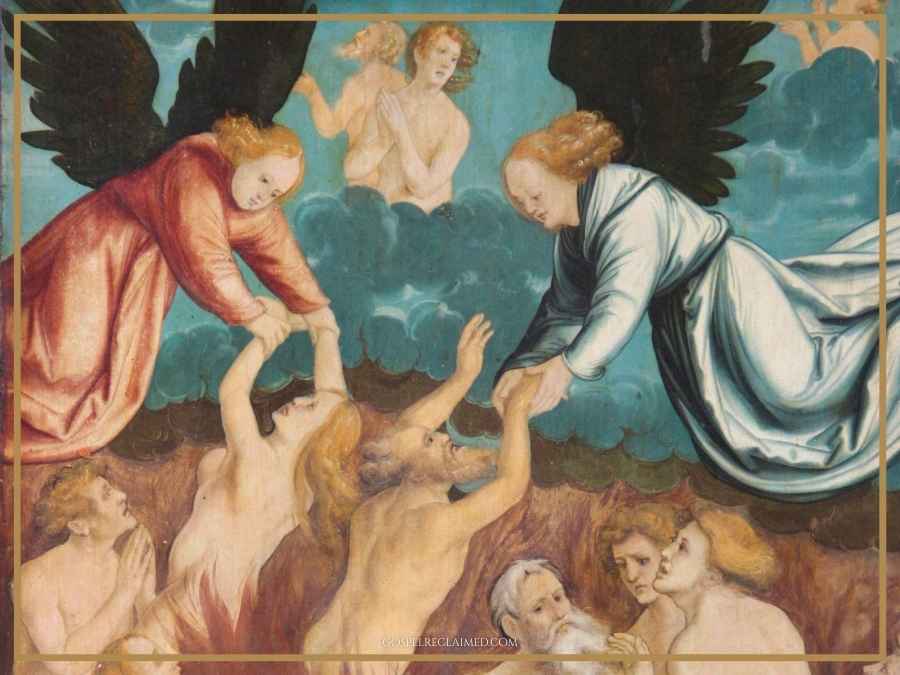
5. The Mic Drop Ending
“If they do not hear Moses and the prophets, neither will they be persuaded though one rise from the dead.” — Luke 16:31
Boom.
Jesus isn’t just closing a parable — He’s prophesying His resurrection and calling out their unyielding pride, filthy hypocrisy, and spiritual blindness.
He’s saying: “Even after I conquer death… you still won’t believe.”
Spoiler:
He rose.
They still didn’t believe.
So What’s the Real Point?
This story is not about eternal destinations.
It’s about:
- True faith vs. performance religion
- Spiritual blindness
- And the danger of claiming to know God while rejecting His heart
Jesus was exposing the false religious system — clean and polished on the outside, but rotten on the inside. — Whitewashed tombs, He called them (Matthew 23:27).
He was confronting every religious show-off who used God to elevate themselves while letting truth, mercy, and the Spirit starve at the gate.
A Final Thought: What If the Story Is About Us?
What if this isn’t just a Pharisee problem?
What if it’s our story too?
What if the rich man represents our false religious self—the part of us addicted to appearances, performance, and pride?
The one who feasts in fine robes of self-righteousness, yet refuses to see what’s real.
And what if Lazarus is the part of us that’s truly alive—our honest, humble, God-dependent self?
Wounded. Waiting. Starving at the gate.
Ignored and pushed aside by the very system we built to look “holy.”
When death comes—whether literal or the death of illusion—things flip.
What’s false crumbles in the fire.
What’s true is lifted and embraced.
Jesus isn’t giving directions to the afterlife.
He’s holding up a mirror.
The cross exposes the lie.
The resurrection unlocks the door.
Christ meets us at the threshold—not to judge, but to restore all things.
“For it pleased the Father that in Him all the fullness should dwell, and by Him to reconcile all things to Himself…”
— Colossians 1:19–20 (NKJV)
FAQs
What does Abraham’s Bosom mean?
In Jewish thought, “Abraham’s bosom” was a metaphor — a place of honor and rest with the patriarchs. Not heaven.
What is Luke 16 about?
This entire chapter is a warning to those who claim to love God but worship wealth and recognition.
Is the Story of Lazarus and the Rich Man Real or a Parable?
Jesus, the master storyteller, taps into the imagery of His time — not to chart the afterlife, but to expose spiritual blindness and religious hypocrisy.
And yes — it’s a parable.
